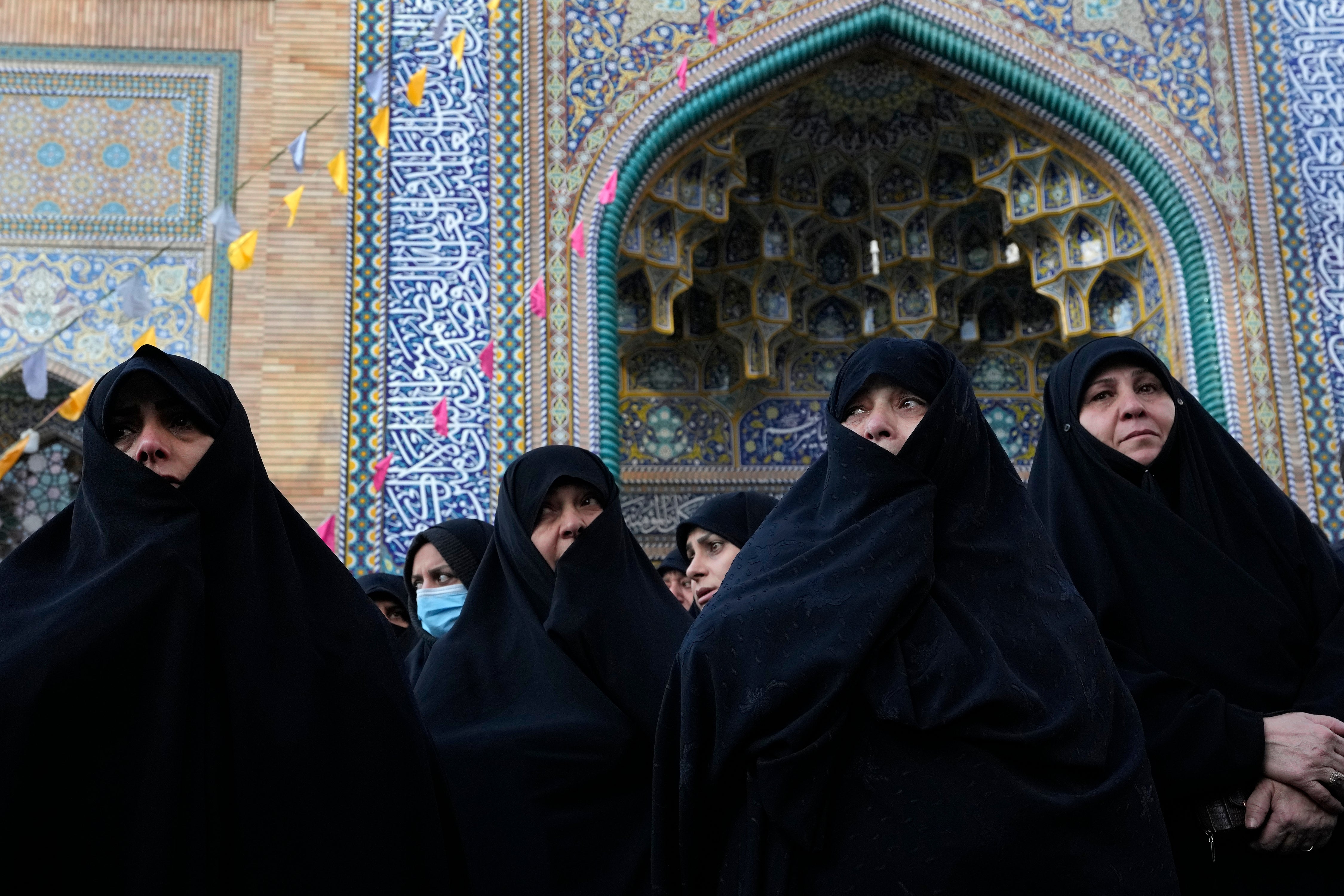How Tehran is using the fog of war to its advantage
The Iranian regime is hiding its nefarious strategic aims by fanning conflict in the Middle East – and even disrupting ceasefire negotations, says Camelia Entekhabifard


Around midnight on Sunday, Tower 22 – a small and hitherto secret US base in Jordan, near the Syrian border – came under a drone attack that killed three soldiers and left at least 34 injured. It was the highest casualty toll for an incident involving America forces since the war in Gaza began.
In the hours that followed, President Biden confirmed that the attack had been carried out by Iran-backed “radical” militias operating in Syria and Iraq.
Since 7th October, fingers have only ever half-pointed at the Islamic Republic of Iran, which has itself yet to react formally to Israel’s retaliatory attacks on Syria and Lebanon, even though they led to the deaths of Islamic Revolutionary Guard Corps and Hezbollah commanders. Neither the US nor Iran is keen to seek direct confrontation with the other.
But in the aftermath of the drone attack on the US base, Republican senator Lindsey Graham demanded that Iran now be targetted, tweeting: “[Biden administration’s] policy of deterrence against Iran has failed miserably. There have been over 100 attacks against US forces in the region. Iran is undeterred. Hit Iran now. Hit them hard.”
Senator Graham insists Iran is currently “undeterred” – but provocations by the regime tend to cost Tehran heavily. Why would it dare to risk direct confrontation?
It is my belief that the regime-backed militias and mercenaries being used in the growing conflict across the Middle East are no mere pawns – they are part of the Islamic Republic itself, and a key component in Tehran’s plan to shroud its activities while pursuing larger goals.
Take political prisoners. Over the last four months, while the world was concerned with the war in Gaza, the Iranian regime has been busy executing. In November, 21-year-old Milad Zohrevand – who had been detailed on charges of killing a member of the Iranian regime’s security forces – was put to death in the Hamedan prison without prior warning; on Tuesday morning, Mohammad Ghobadlou, 23 – who had been convicted of “corruption on earth” for attacking police in Tehran with his car – was executed in Karaj’s Ghezel Hesar prison.
Both had also been linked to the national uprising of 2022-2023, which had been sparked by the death in custody of 22-year-old Mahsa Amini, who had been arrested by the local morality police for not adhering to strict dress codes. Such brutal crackdowns do not make international news when there are Houthi attacks on ships and US attacks on Houthi positions.
As the West finds itself occupied, the Islamic Republic’s nuclear programme is rapidly advancing; the International Atomic Energy Agency can occasionally be heard declaring that Iran is edging closer to building an atomic bomb. A fortnight ago, Rafael Grossi, the IAEA director general, decried Tehran for taking his agency “hostage” in its dispute with the West.
Since the outbreak of war, the Iranian regime has twice tried to launch satellites. Last Sunday, hours before the Tower 22 drone attack, three satellites were reportedly launched from Iran. A week earlier, Tehran declared that Soraya, a research satellite serving both scientific and defence purposes, had been sent into a low-earth orbit by a branch of its military.
Launching satellites unexpectedly is one thing; the ongoing chaos in the region could also be providing Iran with an opportune time to test its long-range missiles. (Following the Soraya announcement, three permanent UN security council members, plus Germany, declared Iran’s space programme to be part of its expansion of ballistic missiles technology, and a violation of the UN Security Council Resolution 2231.)
The attack on Tower 22 also had another knock-on effect, if reports are to be believed – to derail a carefully configured ceasefire between Israel and Hamas.
On Sunday morning, AFP reported that the head of the CIA had met high-ranking officials from Egypt, Qatar and Israel in Paris, and had come to an arrangement about a two-month ceasefire involving the exchange of Israeli hostages with Palestinian prisoners. The militia attack achieved its other aim, of disrupting those negotiations.
In public, the Islamic Republic demands an end to the Gaza conflict. But, away from the fog of war, its pursuit of more nefarious agendas is as clear as day.






Join our commenting forum
Join thought-provoking conversations, follow other Independent readers and see their replies
Comments